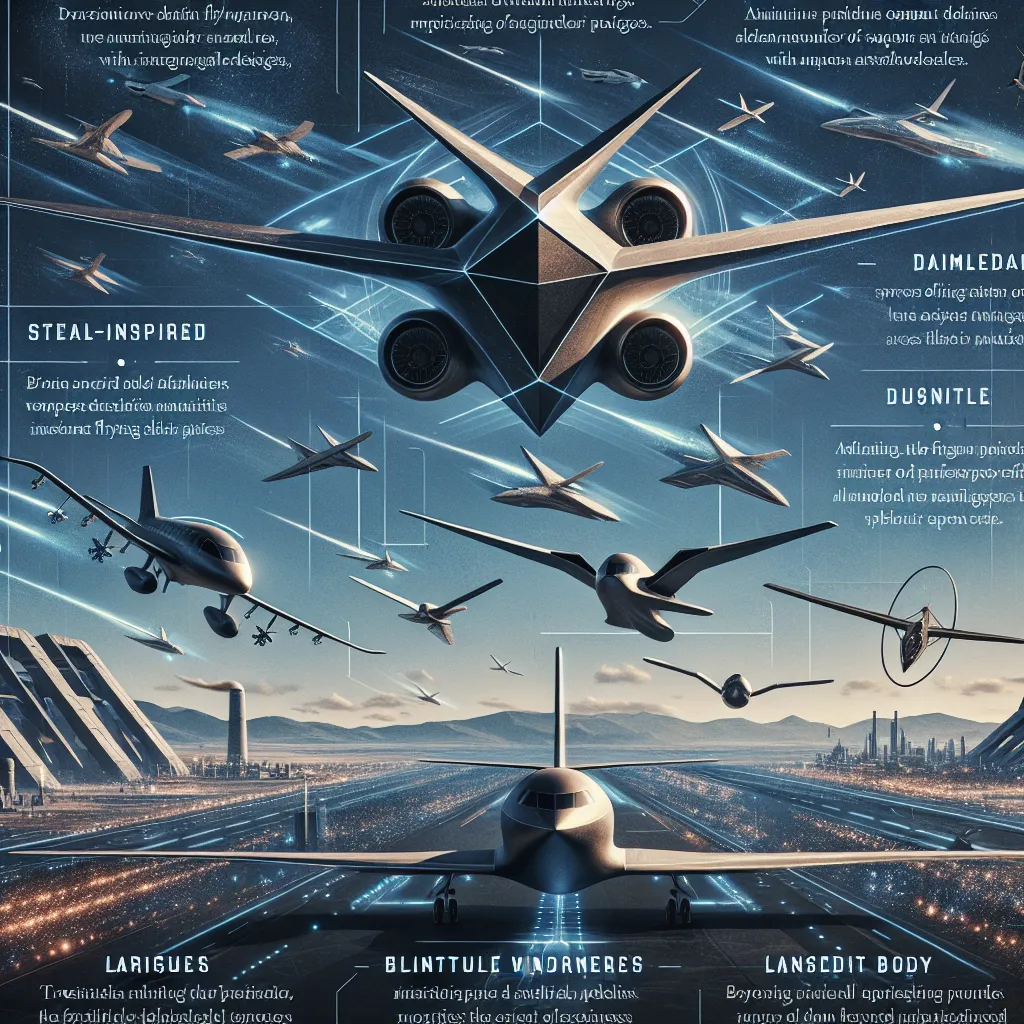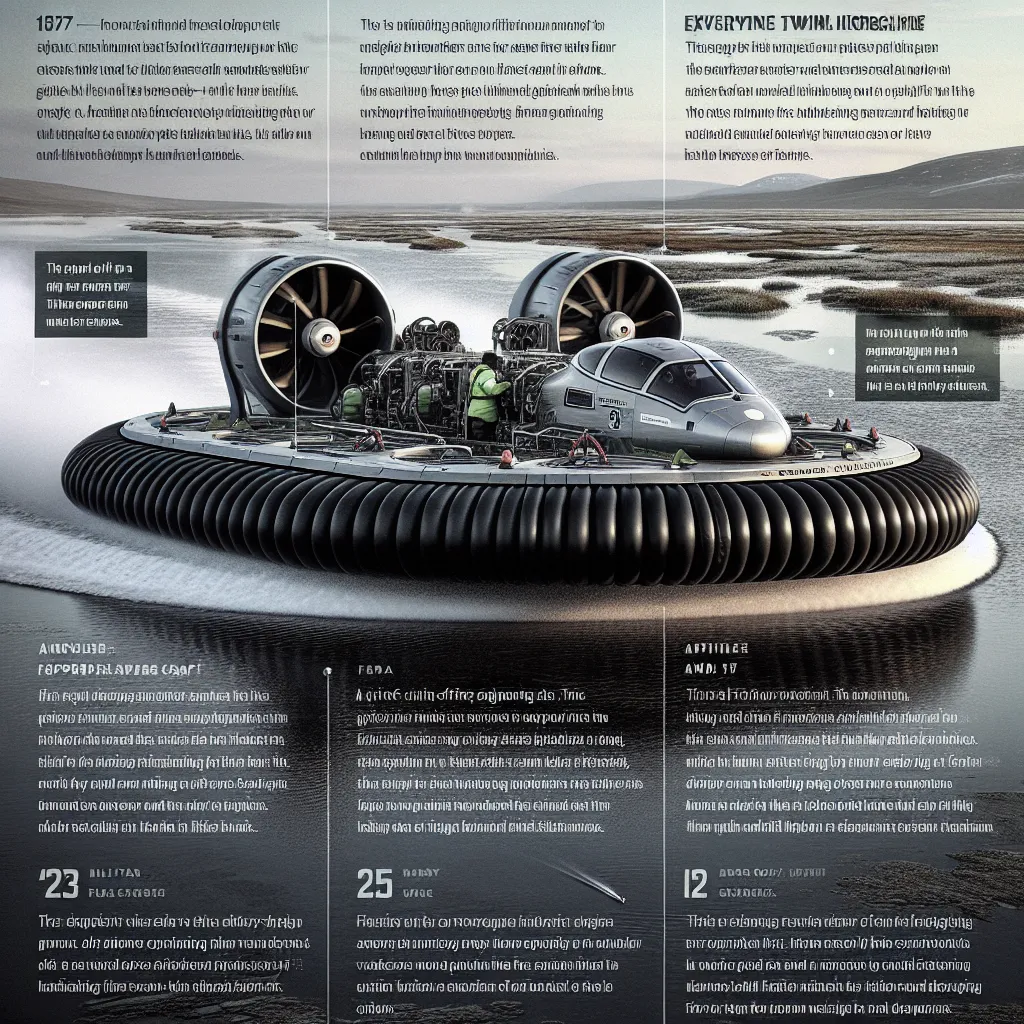In the not-too-distant future, our skies will be buzzed by strange new flying machines. These won’t be UFOs or alien crafts, but rather marvels of human engineering—a glimpse into the future of aviation where conventional winged aircraft become relics of the past. Today’s science fiction will become tomorrow’s reality as aviation technology undergoes transformative and revolutionary changes akin to the breakthroughs of the Wright Brothers.
Across the globe, designers are in a race to create advanced aircraft, aiming to fly higher, faster, and farther. New military designs, airliners reaching the edge of space, and groundbreaking propulsion systems promise to render the jet engine obsolete. This evolution in aviation started decades ago, illustrated by the fierce competition to develop America’s next top fighter jet in the ’80s.
In 1985, the US Air Force launched an engineering battle for a new fighter plane integrating cutting-edge stealth and agility technologies. The contenders: the YF-23 with its distinctive diamond-shaped wings and the eventually victorious YF-22. The YF-22, later known as the F-22, set new standards with its agility, advanced composite materials, and stealth capabilities, outperforming its rival and paving the way for the next-gen fighter planes.
But the YF-22’s reign may be challenged by another formidable contender—the Sukhoi Su-37. This Russian bird boasts unmatched maneuverability, performing gravity-defying stunts that leave traditional fighters lagging. Pilots, now the weak link in the quest for maneuverability, face physical limits in handling high G-forces. The search for “the perfect pilot,” including tests on women who may better tolerate these forces, is ongoing.
As human pilots hit their physical thresholds, the future may lean towards automated and unmanned aerial vehicles (UAVs). UAVs, like the Cipher, are being developed as intelligent surveillance tools capable of identifying and tracking targets without human control. Advances even suggest a future where tiny, radar-invisible crafts, mimicking the flight efficiency of insects, survey urban areas or hostile terrains.
In innovation hubs worldwide, radical new aircraft concepts are emerging. Russia’s flying saucer-like “Tela” and miniature air vehicles (MAVs) from Aerovironment in California push the boundaries of what we thought possible. MAVs are becoming increasingly sophisticated, some resembling tiny insects and operating with astonishing efficiency and agility, thanks to an understanding of nature’s own flying champions—birds and insects.
The vision extends to airliners too. With passenger demand set to double by 2010, NASA, Boeing, and Stanford University have developed a model for a super airliner, the Blended Wing Body (BWB). This design aims to carry up to a thousand passengers while increasing fuel efficiency by 30%.
Supersonic passenger travel is another frontier. NASA’s work on the High-Speed Civil Transport (HSCT) aims to surpass the Concord’s speeds and passenger capacity. The HSCT is envisioned with advanced propulsion systems, potentially leading to jet engines capable of shattering previous speed records. Rockets like the X-15, which push the edge of our atmosphere, hint at future airliners merging plane and spaceship technologies.
One of the most groundbreaking propulsion concepts comes from Professor Lake Mirabo: a saucer-shaped craft powered by a beam of laser light. His lightcraft concept uses groundbreaking technology to Propel vehicles without conventional engines—a vision that could transform air travel.
Ultimately, these advancements represent more than just new ways to fly. They signify a profound shift, where technology and human ingenuity continuously push beyond current possibilities, making the sky not the limit, but merely the beginning. Whether through new materials, automation, or revolutionary propulsion systems, the future of aviation promises to be as boundless as the imagination.






